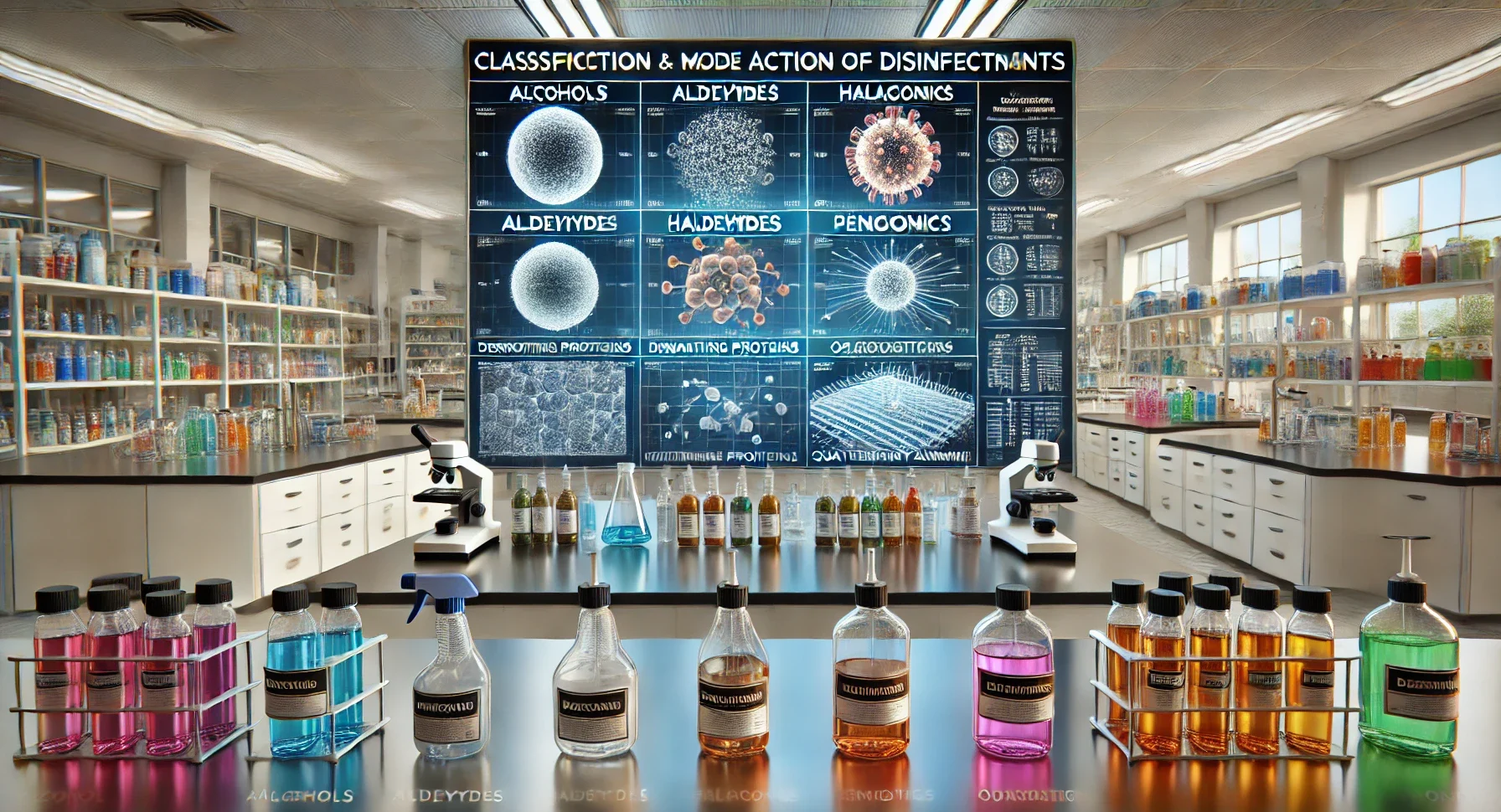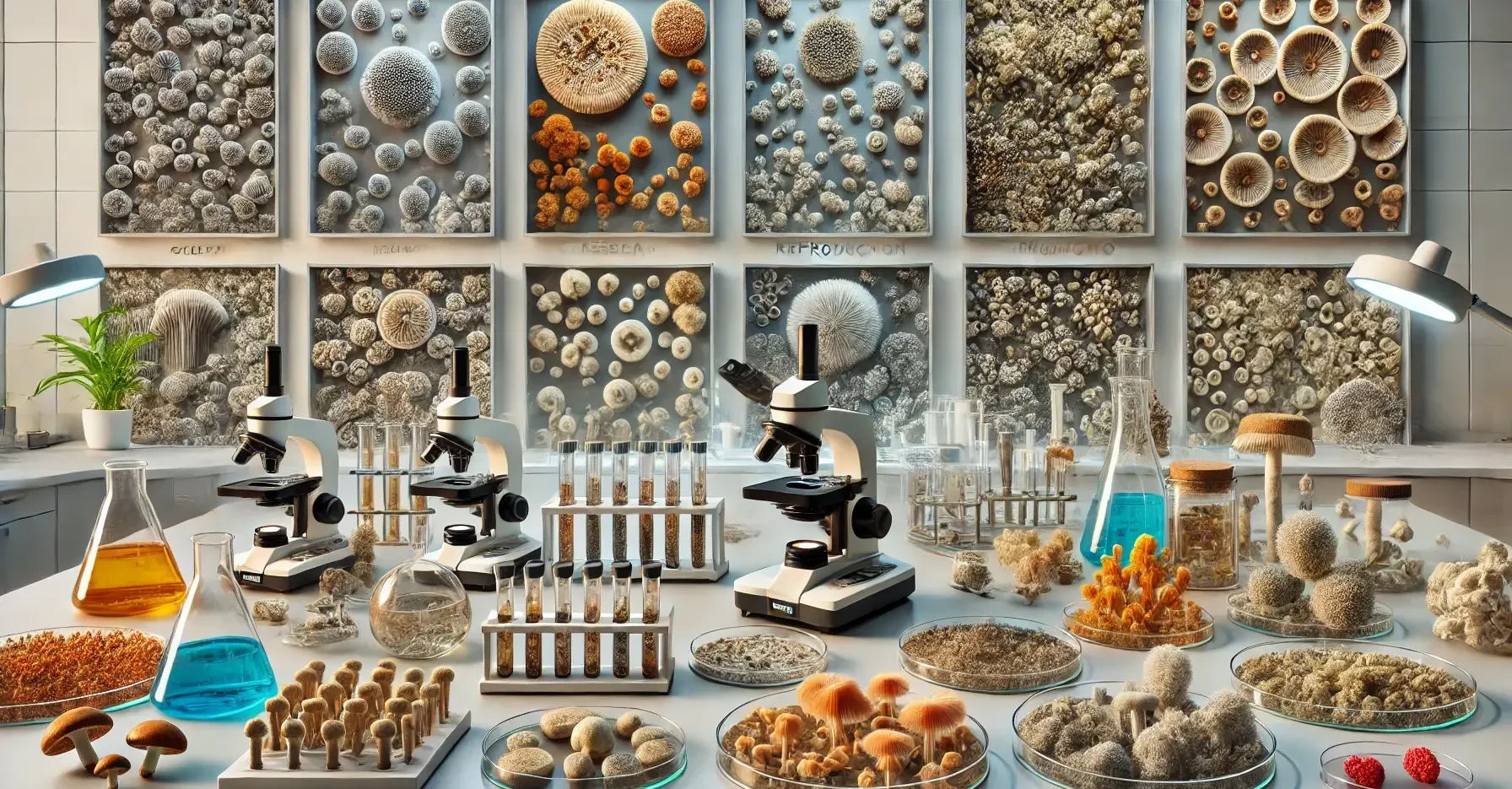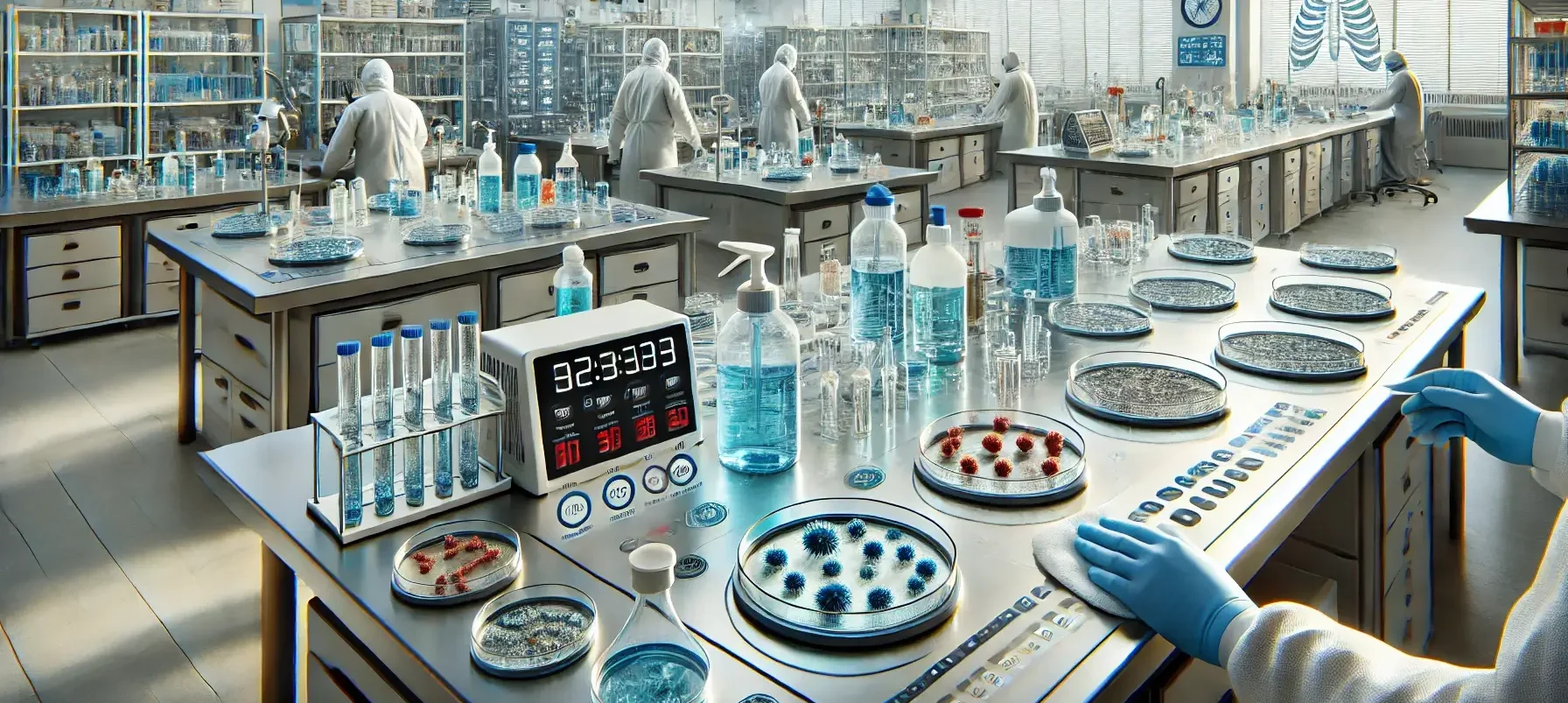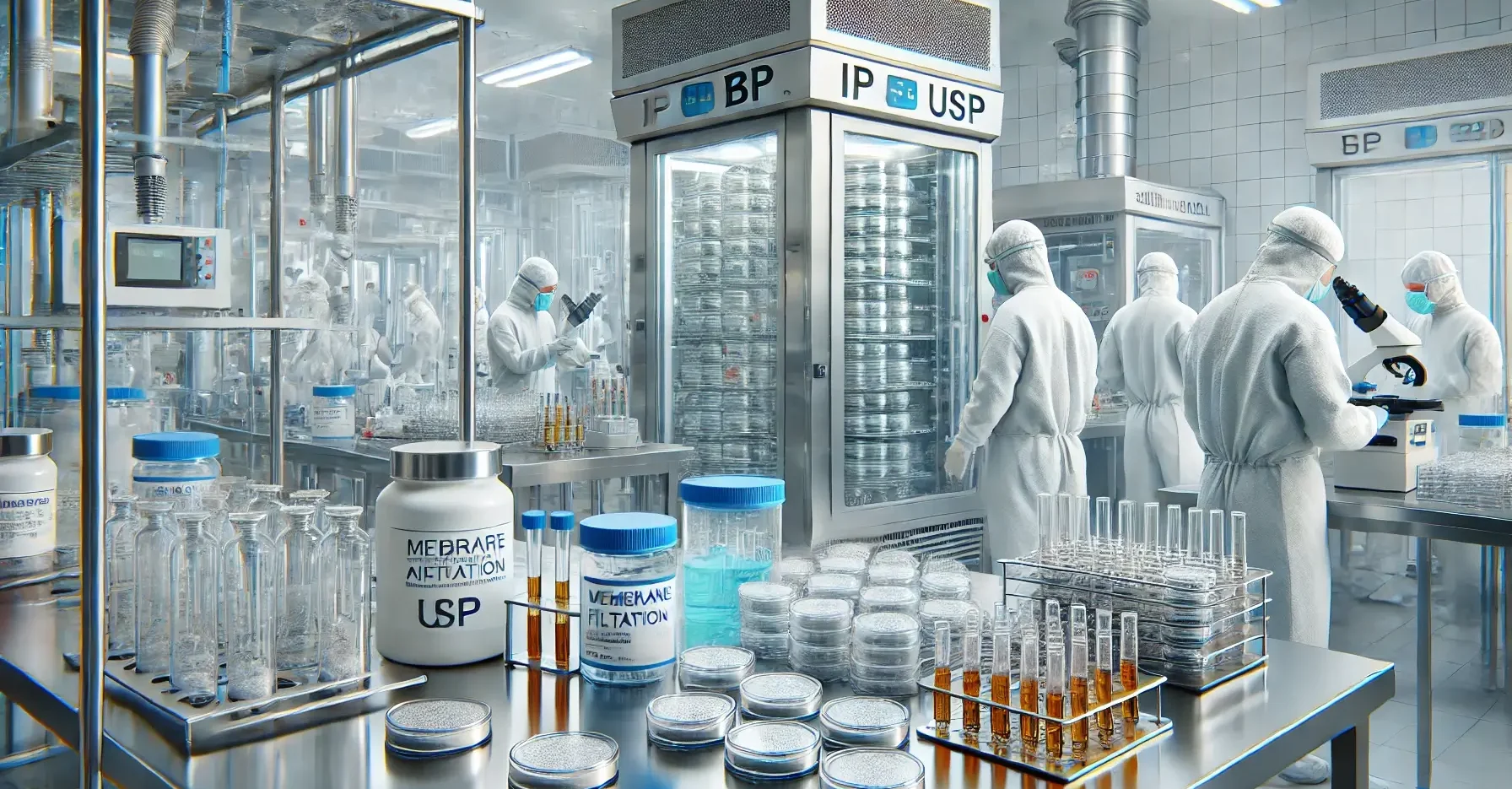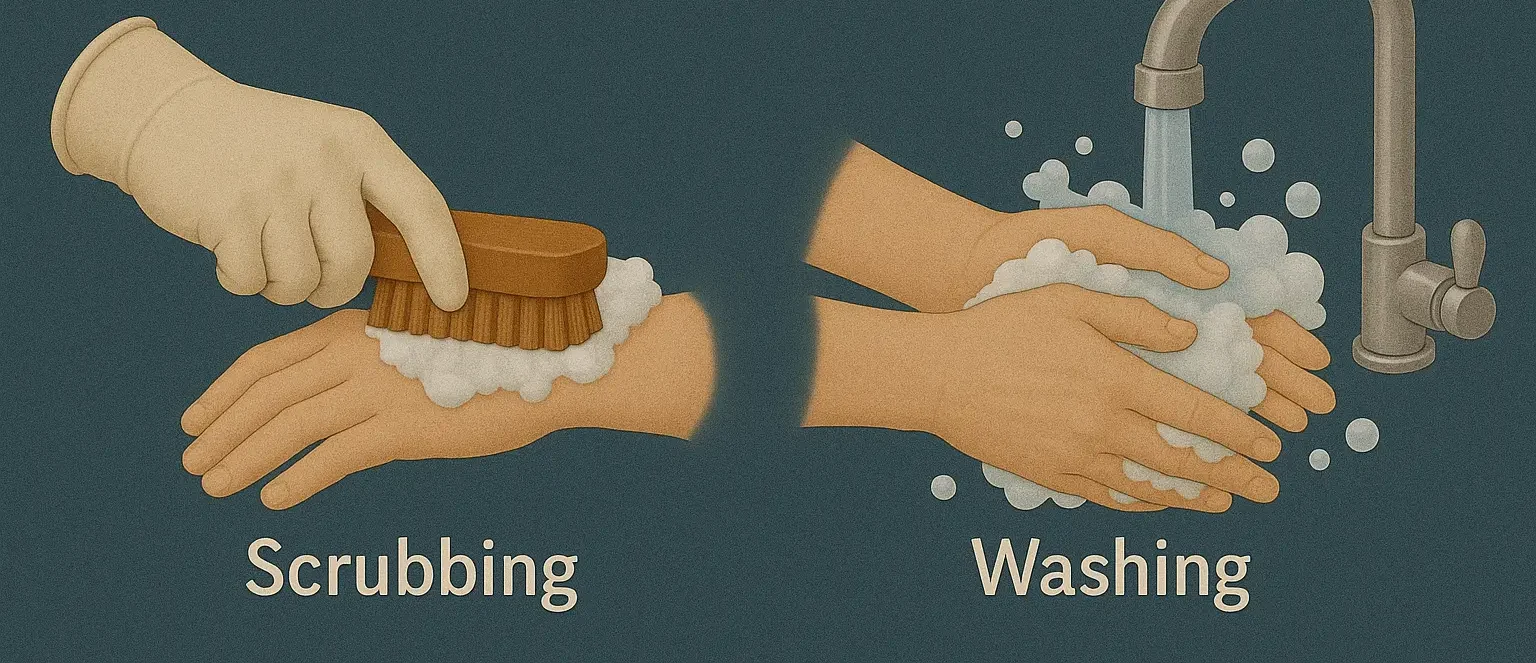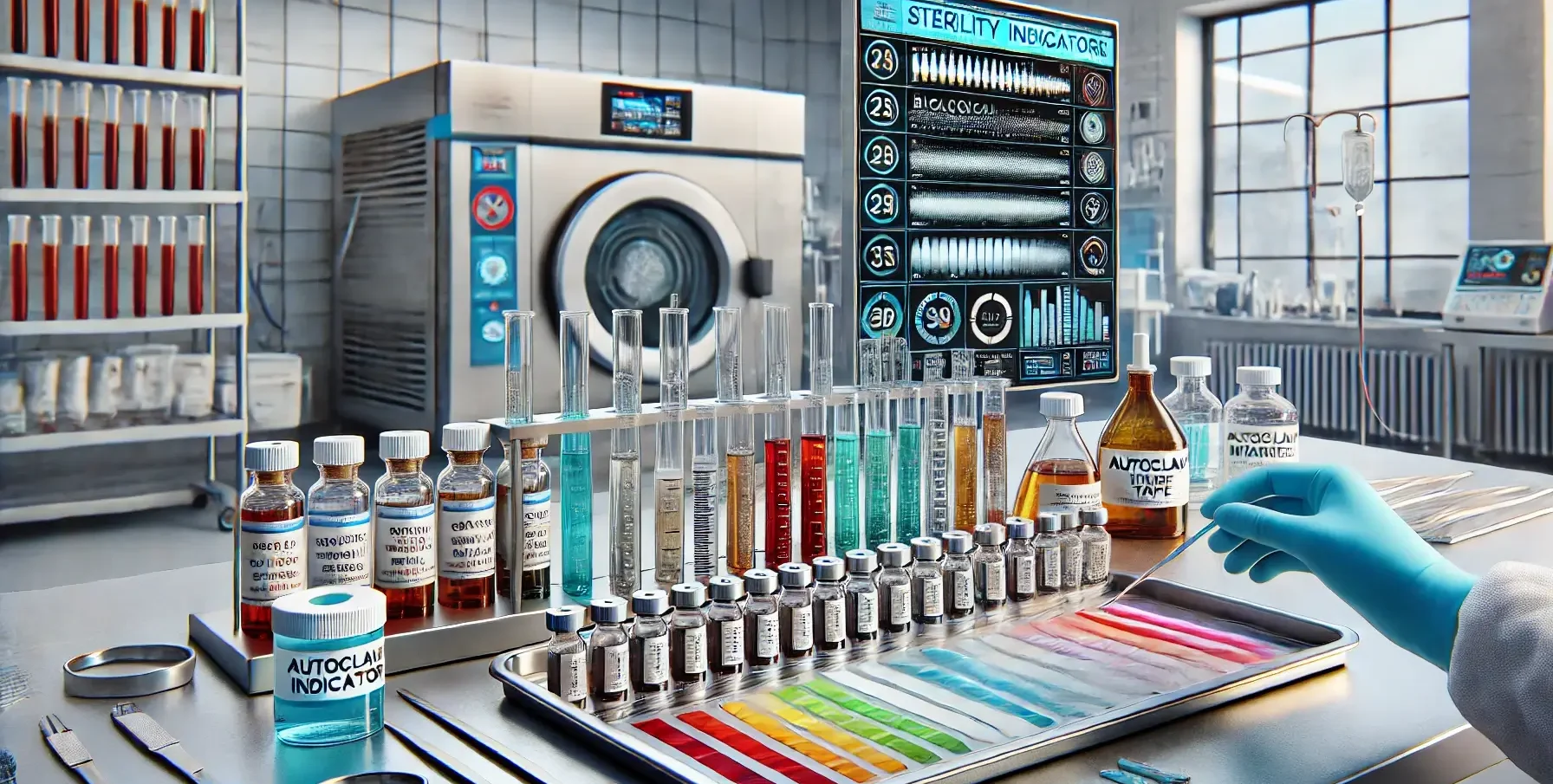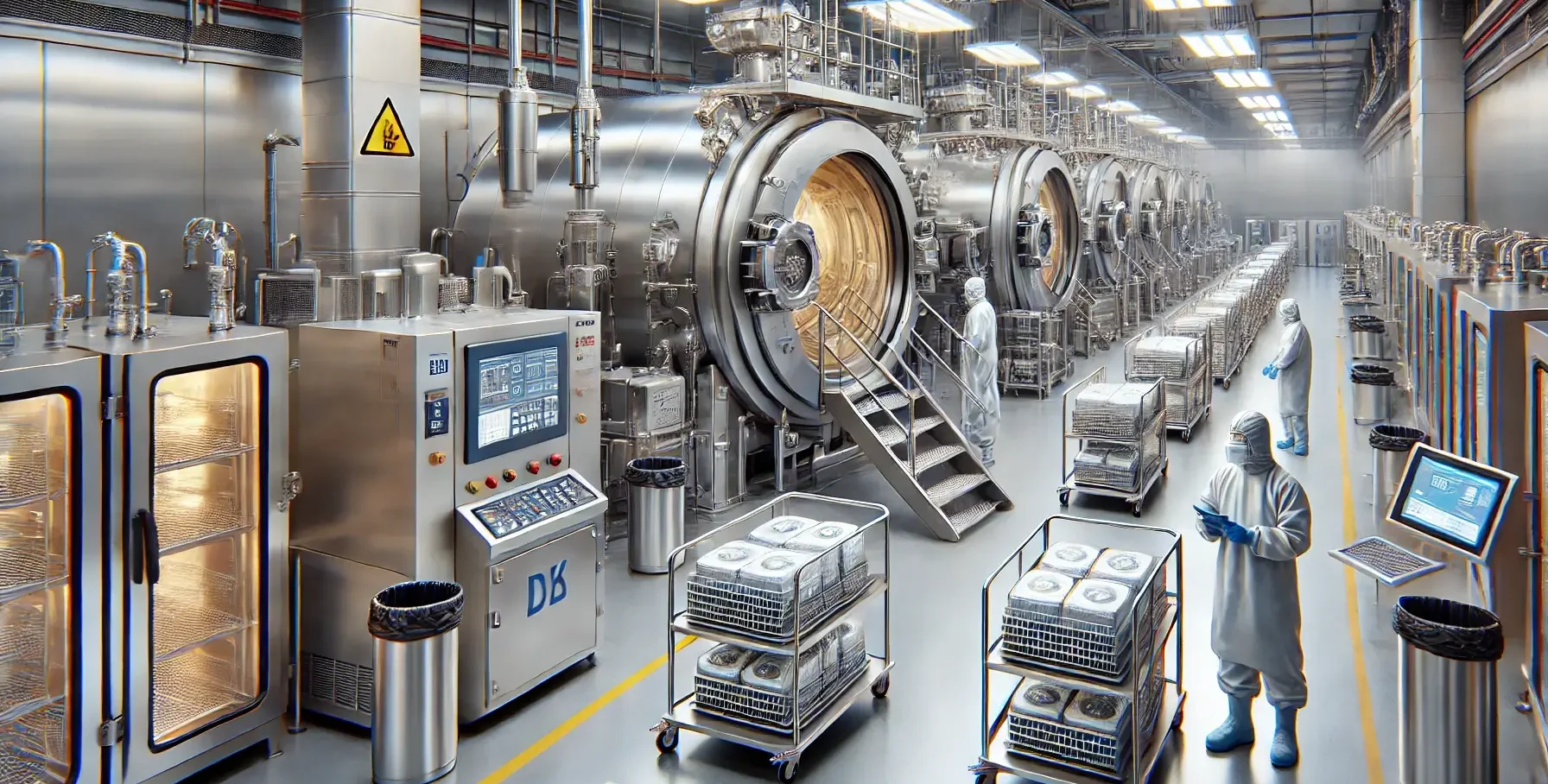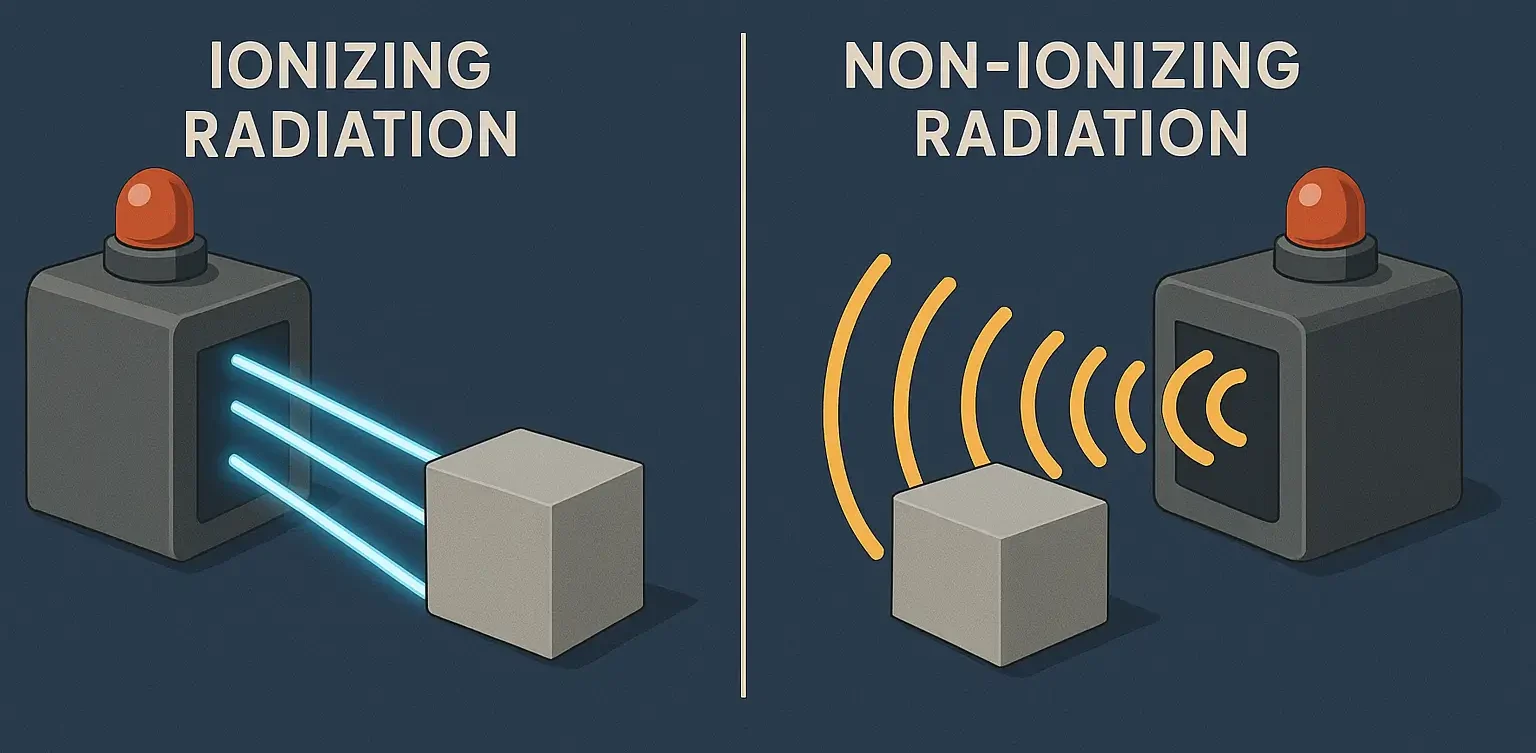Classification and Mode of Action of Disinfectants
Disinfectants are chemical agents used to eliminate or reduce harmful microorganisms on surfaces and objects. They are essential for controlling infections and maintaining hygiene in various settings, including healthcare, laboratories, and public spaces. Disinfectants can be classified based on their chemical nature and their mode of action. Classification by Chemical Nature: Alcohols Examples: Ethanol, Isopropanol … Read more

